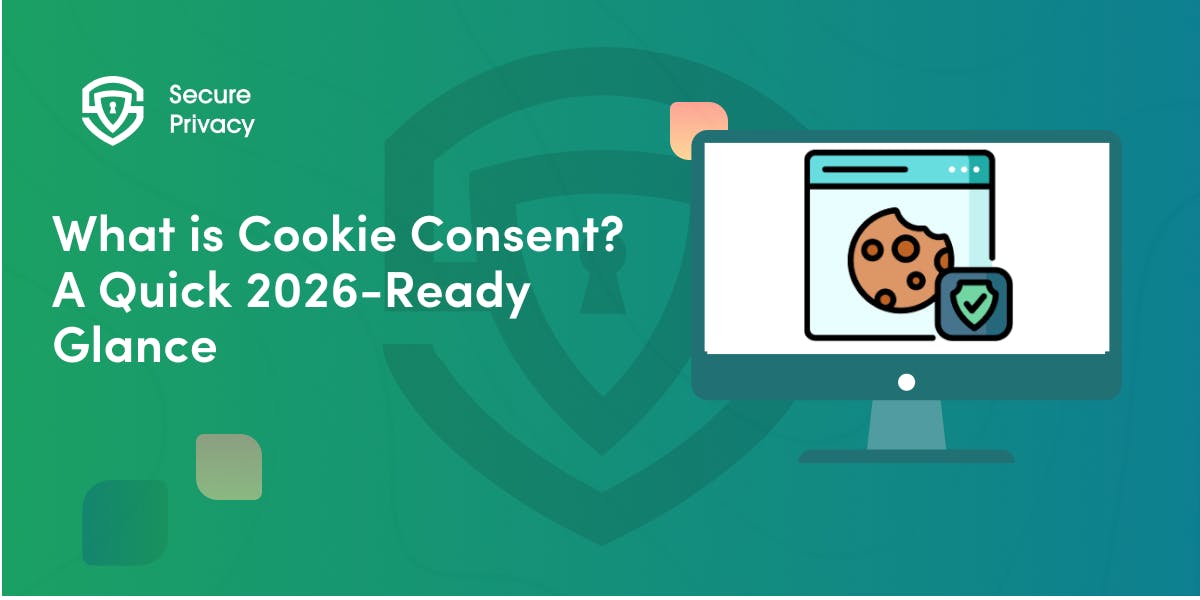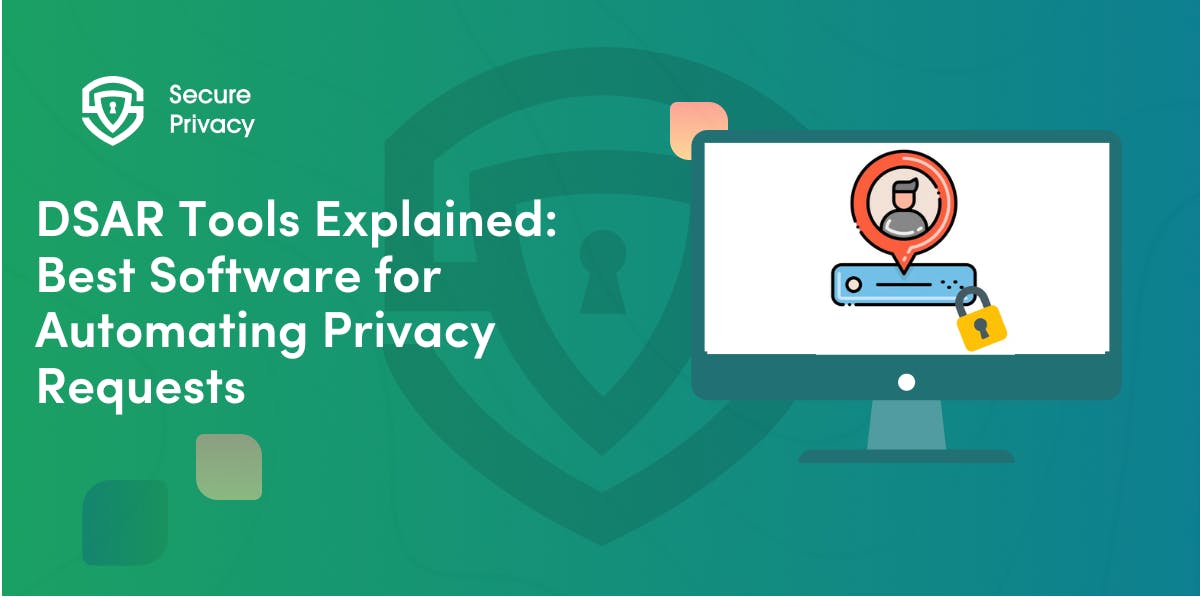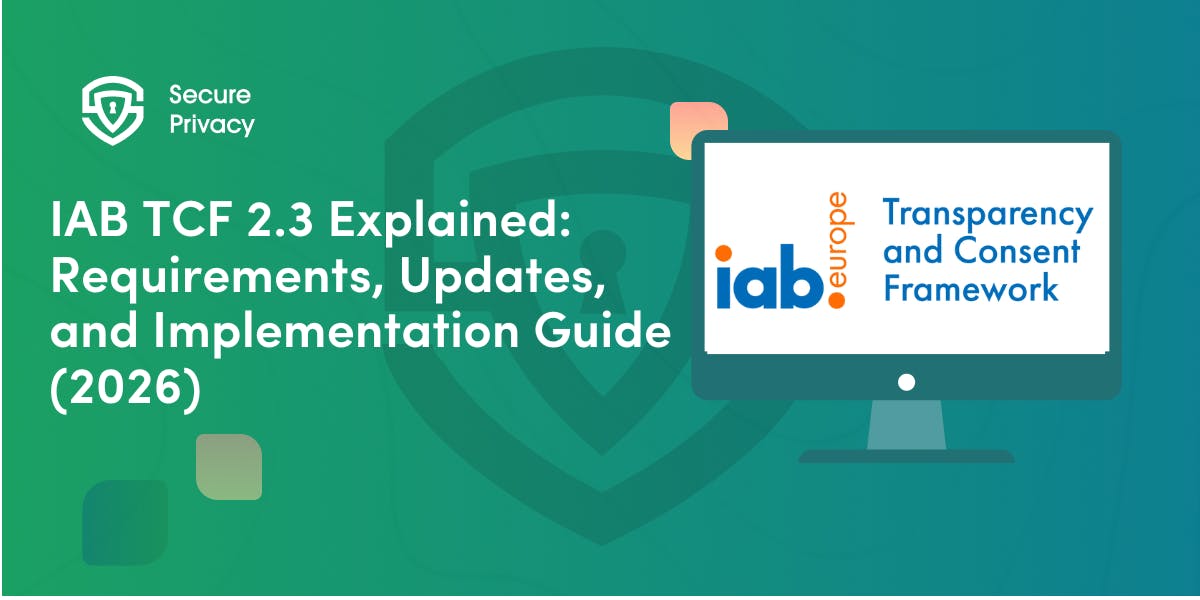LGPD Cookie Banner Requirements
Learn if the LGPD is applicable to your business and how to create an LGPD-compliant cookie banner in this article.
If your website uses cookies and you need to comply with the Brazilian data protection law, an LGPD-compliant cookie banner can keep you away from legal trouble.
Before incorporating one on your website, you should familiarize yourself with the LGPD cookie banner requirements. This article will provide you with the necessary information.
You'll learn:
- Is the LGPD applicable to your business
- What is an LGPD-compliant cookie banner?
- What happens when you have a non-compliant cookie banner?
Do You Need to Comply with the LGPD?
LGPD is applicable if:
- The data processing is carried out in Brazil (i.e., servers used are located in Brazil)
- The data processing takes place anywhere in the world, but the website offers goods and services to people located in Brazil.
- The personal data was collected in Brazil.
If you are a Brazilian company or process the personal data of Brazilians, you need to comply with the LGPD.
Depending on how you collect the data, you may need to integrate an LGPD-compliant cookie banner into your website.
Learn what is a DPO (Data Protection Officer) under LGPD and take a look at the 2022 LGPD updates.
Do You Have a Legal Basis for Data Processing Under the LGPD?
A legal basis is required to process personal data under the LGPD. You cannot process data unless you have a legal basis. That would be against the law.
The Brazilian data protection law establishes ten legal bases for data processing:
- User's explicit consent
- Legal or regulatory duty of the controller
- Contract fulfillment
- For providing public services for public administration
- For research
- For legal proceedings
- Life protection and public safety
- Health protection
- Legitimate interests
- Credit protection
In almost all cases, if you run a private company, you'll need to rely on explicit user consent, the contract fulfillment, or legitimate interest. The user's explicit consent will be the most common of the three.
That's where a cookie banner comes in handy. It enables you to request consent from the user and possibly keep records of the consent if ever this is requested by a supervisory authority.
What Are the LGPD Cookie Banner Requirements?
LGPD cookie banner requirements arise from the requirements for obtaining consent.
The consent is considered valid if it is:
- Freely given
- Informed, specific, and unambiguous
- Given in writing
- Easily withdrawn
In addition, the cookie banner text has to be easily readable and understandable by the average user.
If your cookie banner obtains consent without meeting all of these requirements, the consent is null and void. As a result, the data processing is rendered invalid. Take a look at our Data Processing Agreement Guide.
So, how do you incorporate these requirements in your cookie banner?
Freely given
You must not restrict access to parts of the website or the whole website without first obtaining cookie consent. Whether they agree to non-essential cookies or not, their website access will remain unchanged.
Informed, specific, and unambiguous
The consent is informed if the user receives information about the data processing, such as the purposes, categories of data processed, third parties with whom the data is being shared, international data transfers, and other information.
In terms of your cookie banner, this means that:
- You need to include a link to your privacy policy in the cookie banner. It isn't explicitly required, but it improves the user experience.
- You need to obtain consent for each specific processing purpose. You must obtain two consents: one for analytics and one for marketing. It is illegal to obtain general consent for all the processing.
- You have to wait for the user's affirmative action before using the cookies, which means two things:
undefinedundefinedundefined
Given in writing
Consent must be given in writing, whether on paper or electronically, which means that consent obtained via cookie banner is in writing.
You need to keep records of the consent. Your users' supervisory authorities may request proof that you obtained their consent. If you cannot prove it, you'll be fined.
Easily Withdrawn
The user should be able to withdraw their consent as easily as they gave it.
If they provided it through a cookie banner, make sure they can withdraw their consent in your preference center. Do not make them fill out forms and email them to you. That is not a consent that can be easily withdrawn, and it will land you in legal trouble.
Consequences for Non-Compliance
Penalties are imposed for failing to comply with the law. According to the Brazil data protection law, the penalties for violating the law include:
- A warning, along with corrective measures and a deadline to implement them
- A fine of up to 2% of annual turnover excluding taxes, with a maximum fine of 50 Million Brazilian Reals
- A daily fine, with a maximum fine of 50 Million Brazilian Reals
- Mandatory publishing of the violation
- Deletion or blocking of personal data to which the violation refers
In addition to any of these penalties, you may also face the following:
- Partial suspension of the operation of the database to which the violation refers to, with a maximum of six months, and the possibility of extension of another six months, or until the controller fixes the violation.
- Suspension of all processing activities for six months, with the possibility of extension for another six months.
- Partial or total prohibition of all processing activities.
The Brazilian National Data Protection Authority (ANPD) enforces the LGPD (see Latest LGPD Updates), so they decide what kind of penalty to impose on the violator. They will consider the following factors in determining the penalty:
- How severe the violation is
- The good faith in the offender, if any
- The violator's financial situation, specifically the total revenue
- The benefits gained as a result of the violation
- How long the violation lasted and how frequently it has occurred
- The violator's cooperation
- The technical and organizational measures for damage prevention, if any
- The corrective action taken when the violation is discovered
How to Get an LGPD-Compliant Cookie Banner
We can provide you with the Secure Privacy LGDP-compliant cookie banner, with the first week for free. Our solution incorporates the Brazilian data protection law to ensure that your website remains in compliance with the law.
Download your free LGPD e-book and have it delivered directly into your inbox.

What is Cookie Consent? A Quick 2026-Ready Glance
Your website loads. Cookies track users. But without proper cookie consent, you're violating GDPR — risking fines up to €20 million or 4% of global revenue. Cookie consent is the legally required mechanism by which websites obtain explicit user approval before deploying non-essential tracking technologies. This requirement stems from GDPR Article 4(11) and the ePrivacy Directive, mandating that consent must be freely given, specific, informed, and unambiguous.
- Legal & News

DSAR Tools Explained: Best Software for Automating Privacy Requests
You're drowning in data subject access requests. Manual searches through dozens of systems miss regulatory deadlines and expose organizations to fines starting at $2,500 per violation. The solution? DSAR tools — purpose-built software that automates the entire process of responding to data subject access requests, from intake to delivery.
- Legal & News

IAB TCF 2.3 Explained: Requirements, Updates, and Implementation Guide (2026)
Your ad revenue dropped 40% overnight. Google stopped bidding on your inventory. Your DSP partners flagged your traffic as non-compliant. The culprit? An outdated TCF 2.2 consent string after the February 2026 enforcement deadline.
- Legal & News
- Cookie Consent
